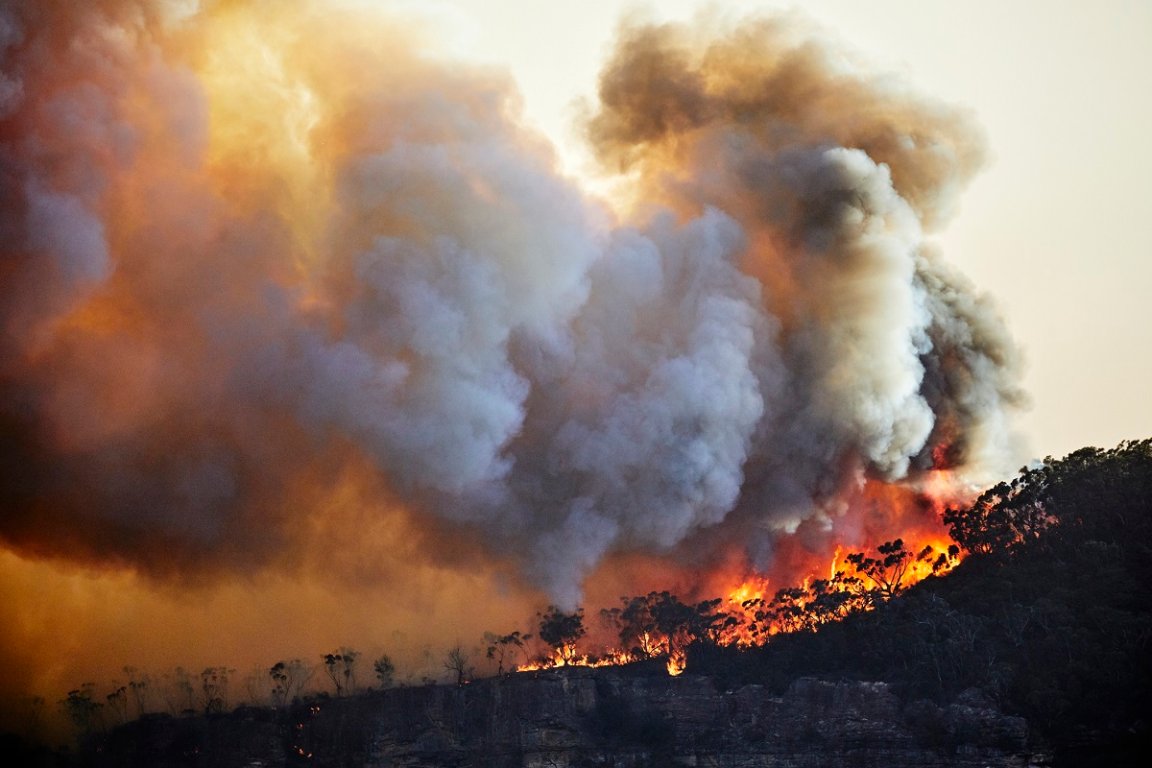
Climate Climb
In 1988, climate scientist James Hansen shook the world when he famously testified before Congress that global warming was affecting our planet. Now, the former director of NASA’s Goddard Institute has another dire message for humanity: that simply reducing greenhouse gas emissions won’t be enough.
In a new study set to be published in the journal Oxford Open Climate Change, Hansen and his team of researchers found that the rate of global warming is accelerating — a controversial claim even amongst climate scientists.
According to these new estimates, we’re on track to blow past 1.5 degrees Celsius of warming — a limit set by world leaders in the 2015 Paris Agreement — sometime during this decade. And by 2050, we’ll already have hit 2 degrees Celsius.
“The 1.5 degree limit is deader than a doornail,” Hansen said at a news conference on Thursday, as quoted by The New York Times.
Aerosol Conditioning
A long debated figure for climate scientists is how much warming would occur if the levels of carbon dioxide in the atmosphere doubled their amount from pre-industrial levels. A 1979 study estimated that such an increase in CO2 levels would result in between 1.5 to 4.5 degrees Celsius of warming. Since then, the general consensus has narrowed that window down to a more modest number. The UN Intergovernmental Panel on Climate Change, for example, now maintains that the Earth would warm by 3 degrees.
Hansen’s work paints a grimmer picture. Using new paleoclimate data, his research indicates that doubling CO2 could lead to an outrageous 4.8 degrees of warming.
Why the big increase? One reason: a decline in human-made aerosols, according to the researchers.
Global restrictions have reduced the amount of these toxic airborne pollutants, but the effect is a double-edged sword. Aerosols actually help reflect sunlight and cool the atmosphere, and with their quantities dwindling, we’re only now beginning to experience the full effects of the planet’s warming.
Breaking the Limit
If it’s any comfort, many scientists don’t agree with Hansen’s 4.8 degrees prediction.
“That is very much on the high end of the range of estimates that are in the academic literature today,” Zeke Hausfather, a climate researcher at Berkeley Earth, told the NYT.
CO2 levels in the atmosphere have climbed at a steady pace, and we’ve still got a ways to go before reaching the ominous carbon doubling estimate. Right now, CO2 levels are at 150 percent of their estimated levels in 1750.
Still, scientists generally agree that exceeding the Paris Agreement limit is inevitable.
“I think everyone agrees that 1.5 degrees is in the rearview mirror at this point,” Hausfather told the NYT.
More on climate change: 15,000 Scientists Warn Society Could Collapse By 2100 Due to Climate Change